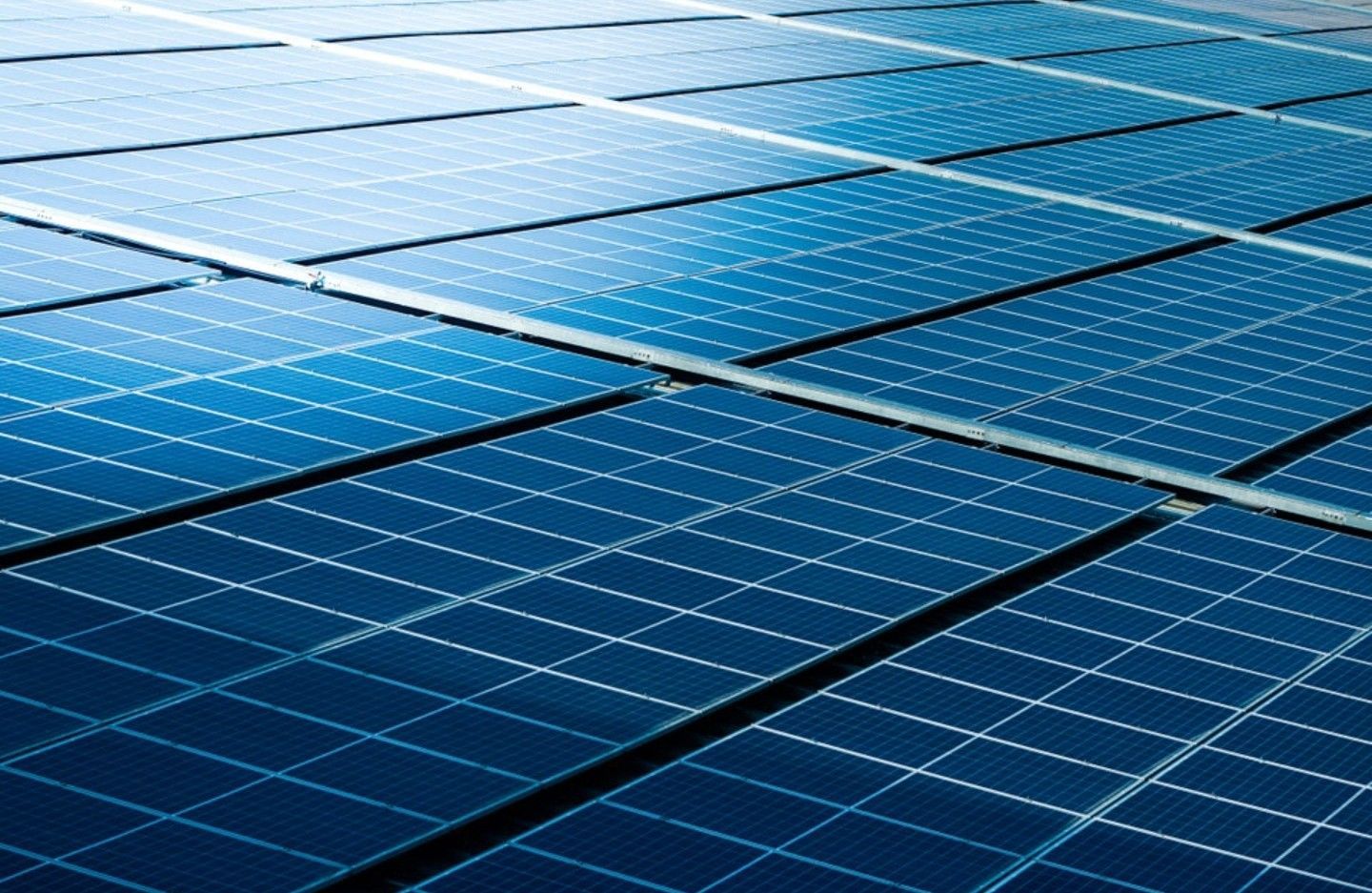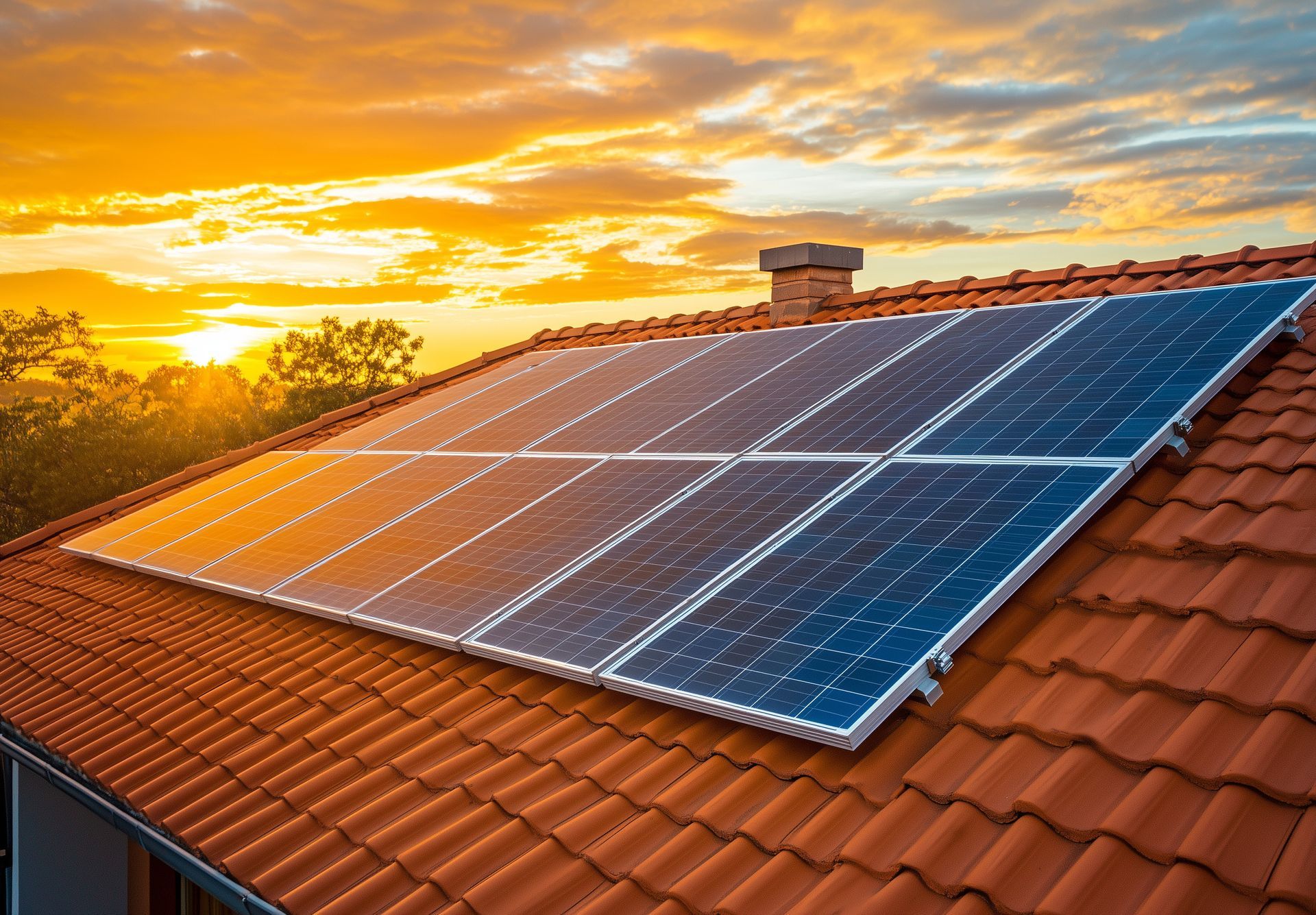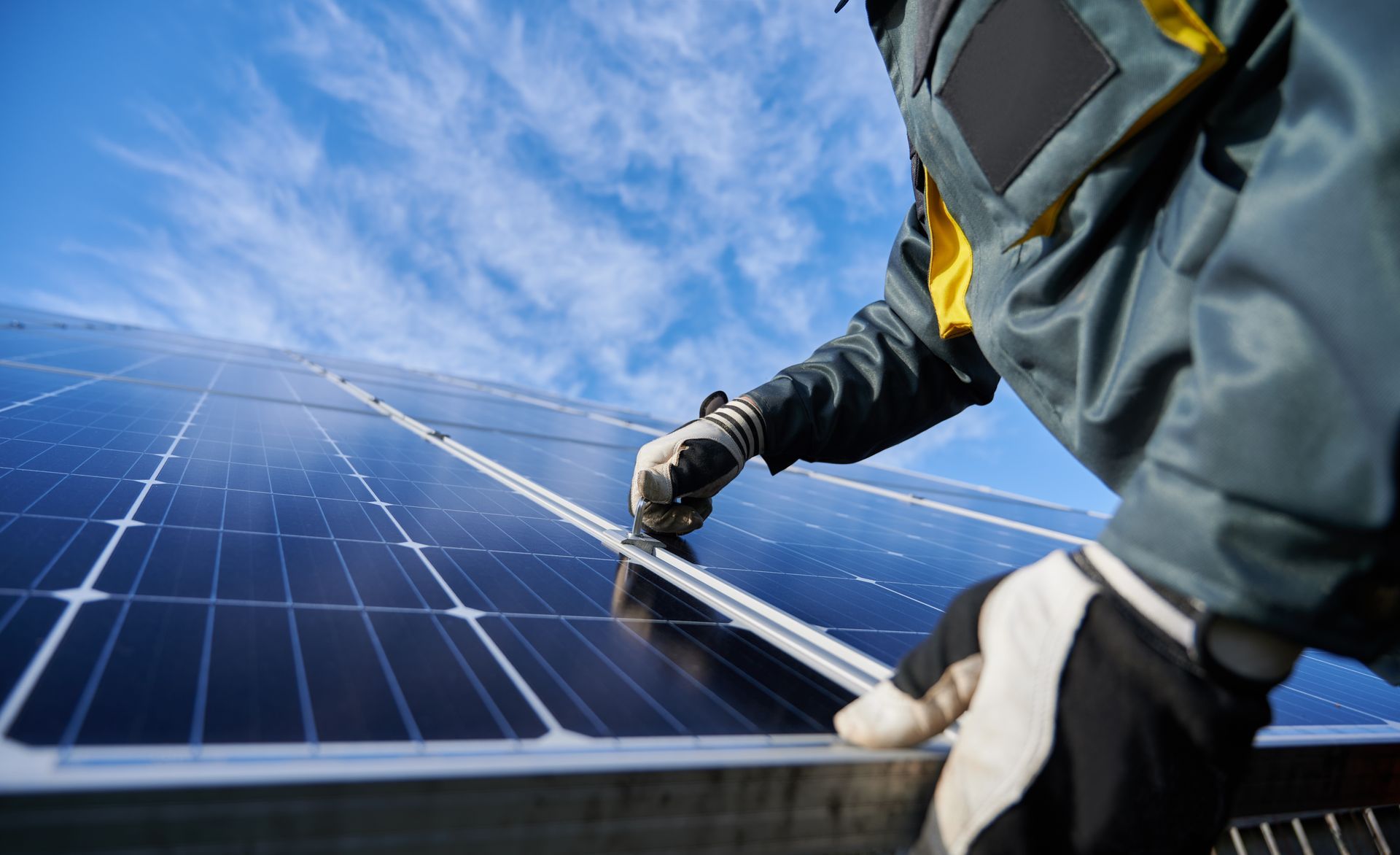Grid-Tied vs. Off-Grid Solar: Which is Better for Helena, Montana?
Contact Us
We will get back to you as soon as possible.
Please try again later.
Choosing the Right Solar System for Your Home

As more homeowners in Helena, Montana, consider switching to solar power, one of the biggest decisions they face is whether to install a grid-tied or off-grid solar system. Both options provide clean, renewable energy, but they serve different purposes depending on energy needs, location, and long-term goals.
A grid-tied solar system connects to the local electric grid, allowing homeowners to use solar energy when available and draw electricity from the grid when needed. In contrast, an off-grid solar system operates independently, relying on battery storage to supply power at all times. Understanding the pros and cons of each system is essential for homeowners looking to maximize their energy savings and independence in Helena.
What is a Grid-Tied Solar System?
A grid-tied solar system is the most common type of solar installation in Helena. This system is connected to the NorthWestern Energy utility grid, allowing homeowners to use solar energy when available while still having access to grid electricity.
How Grid-Tied Solar Works
When the sun is shining, solar panels generate electricity that powers the home. If the panels produce more energy than is needed, the excess electricity is sent back to the grid. This process is managed through a program called net metering, which provides homeowners with credits that can be used to offset electricity usage during times when solar production is lower, such as at night or on cloudy days.
During periods of low solar production, such as Montana’s long winter nights, grid-tied homes can seamlessly draw electricity from the utility grid.
Benefits of a Grid-Tied Solar System in Helena
One of the biggest advantages of a grid-tied solar system is its affordability. Since there is no need for expensive battery storage, the upfront cost of installation is lower compared to off-grid systems.
Grid-tied solar also allows homeowners to take advantage of net metering, reducing overall electricity costs by selling excess power back to the grid. Homeowners receive bill credits for excess solar production, which can be used when their solar panels are not producing enough energy.
Another key benefit is reliability. Since the system remains connected to the grid, there is always a backup power source available. Homeowners do not have to worry about running out of electricity on cloudy days or during extended periods of low solar production.
Challenges of a Grid-Tied Solar System
One drawback of a grid-tied system is that it does not provide energy independence. Homeowners remain dependent on the utility company, meaning they are still subject to rate changes and power outages.
Additionally, grid-tied solar does not provide power during a blackout. If there is an outage, the system shuts down for safety reasons, preventing excess electricity from flowing back to the grid. Homeowners looking for emergency power backup will need to consider adding battery storage or choosing an off-grid system.
What is an Off-Grid Solar System?
An off-grid solar system operates independently from the utility grid. This type of system is designed to generate and store all of the electricity a home needs, using solar panels and battery storage to supply power at all times.
How Off-Grid Solar Works
Off-grid solar systems rely on solar battery storage to capture and save excess electricity for use when solar panels are not generating power. Since there is no connection to the grid, homeowners must generate enough electricity during the day to meet their energy needs at night and during periods of low sunlight.
Benefits of an Off-Grid Solar System in Helena
One of the main benefits of an off-grid system is energy independence. Homeowners are not subject to utility rate hikes or power outages, as their home is completely self-sufficient.
For rural properties outside of Helena, off-grid solar can be a great solution where power lines are not readily available. Rather than paying expensive fees to connect to the grid, homeowners can generate their own electricity and avoid reliance on utility companies.
Off-grid systems also offer backup power in emergencies, making them ideal for areas prone to winter storms and grid failures. Homes with off-grid solar and battery storage will continue to have power even when the local electric grid is down.
Challenges of an Off-Grid Solar System
The biggest challenge of off-grid solar is the high upfront cost. Because these systems require large battery banks to store energy, the cost of installation is significantly higher than grid-tied systems.
Additionally, off-grid systems require careful energy management. Since there is no grid connection for backup power, homeowners must be mindful of their electricity usage, especially during periods of low sunlight. Running high-energy appliances, such as electric heaters, can quickly drain battery reserves, requiring homeowners to invest in additional storage capacity.
Off-grid systems may also require a backup generator for times when solar production is too low to meet household energy needs. Generators add another layer of cost and maintenance to an already complex system.
Comparing Grid-Tied and Off-Grid Solar in Helena
Which System is Best for Your Home?
For most homeowners in Helena, grid-tied solar is the best option because it provides affordable, reliable energy savings while still allowing access to the utility grid. With net metering, homeowners can enjoy lower electricity bills without the high cost of battery storage.
For those in remote areas or who want complete energy independence, off-grid solar can be a great choice, but it requires a higher upfront investment and careful planning.
Cost Comparison
- Grid-Tied Solar: Lower initial costs, as there is no need for expensive batteries. Homeowners save money through net metering.
- Off-Grid Solar: Higher upfront costs due to battery storage. No electricity bill, but long-term savings depend on careful energy management.
Energy Reliability
- Grid-Tied Solar: Reliable access to electricity, with the ability to draw power from the grid when needed. However, it will not work during power outages unless paired with battery storage.
- Off-Grid Solar: Independent from the grid, providing power during outages. However, energy must be carefully managed to prevent running out of stored electricity.
Best Fit for Different Homeowners
- Grid-Tied Solar: Best for homeowners in Helena looking for lower electricity bills and an affordable solar energy solution.
- Off-Grid Solar: Best for rural properties or those wanting complete energy independence, with no reliance on the utility company.
Conclusion
Choosing between grid-tied and off-grid solar in Helena depends on each homeowner’s energy needs, location, and budget. Grid-tied solar offers affordability, net metering benefits, and access to backup grid power, making it the preferred choice for most residents. Off-grid solar provides energy independence but comes with higher costs and more maintenance requirements.
If you’re considering installing solar power in Helena, Montana, Ellingson Solar can help design the right system for your needs. Whether you want to save money with net metering or explore off-grid solutions, our team is ready to guide you through the process. Contact us today for a consultation and find out which solar system is best for your home.
Contact Ellingson Solar today! Upgrade your home with solar and start saving today! Inquire for free quotes & financing options.
Contact Us
We will get back to you as soon as possible.
Please try again later.

